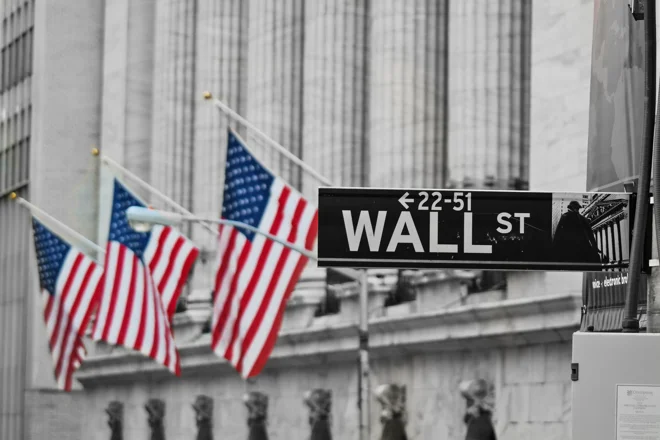The past 18 months have been an exercise in humility for most forecasters. Even now, the typical thinking about the spread of the Delta variant is to highlight (so far) limited effects while quickly flagging that things could turn out worse than expected. The problem with this approach is that it’s unidimensional: it delivers variants of the same scenario, with slightly different assumptions. When dealing with tail risks, by design, this approach either dismisses them or fails to capture them before they materialise. Even worse, this approach fails to identify triggers and, therefore, inflection points that would make investors shift to more pessimistic or optimistic scenarios. While Covid-19 cases have been surging, hospitalisations and fatalities haven’t (thanks to vaccination). These are the key triggers of lockdowns and restrictions to mobility. Looking at all this, the base case of strong bounceback still seems valid, with some setbacks. The triggers – hospitalisation and fatality rates – are what we’re watching to get a sense of whether alternative scenarios may play out.
Base case | Strong bounceback: The global economy expands rapidly – albeit at more moderate rates from the third quarter of this year. Once pent-up savings are spent, economic and earnings growth normalises but stays solid. Apart from pandemic emergency support, fiscal stimulus remains in place. The major central banks refrain from hiking rates for a while, assuming that the ongoing inflation spike is mostly driven by transitory shortages. Fed tapering gets announced over the next few months, putting upward pressure on long-term bond yields. Despite rising Covid-19 infections, the impact on activity is manageable, with vaccines plus system adaptability mitigating the rise of hospitalisations and fatalities, and minimising the risk of full lockdowns – though not precluding more targeted measures. This scenario supports riskier assets such as equities vs safer bonds.
Bear case | Renewed recession: While not our base case, and not even a particularly likely alternative scenario, things can of course turn out to be much worse. More contagious Covid-19 variants, especially if the current vaccines were less effective, could spread further. If this overwhelmed health systems, full lockdowns would become more likely. Depending on the severity of the economic impact, default rates, job losses, financial and supply-chain strains could all intensify, potentially leading to a deep and protracted recession. Of course, an offsetting factor would be extra policy easing, though its effectiveness may perhaps diminish, given the low level of interest rates to begin with. Therefore, in this scenario equity and credit markets would take quite a hit.
Bull case | Protracted boom: In essence, this is a scenario where economic and earnings growth as well as inflation and monetary/fiscal stimulus don’t peak in the near term. They continue at the same pace (if not faster), surprising the market consensus to the upside. Crucially, full reopening would be needed for this and, therefore, more effective and widespread vaccine rollouts. We don’t regard this scenario as very likely either, partly because we suspect policymakers would reduce the stimulus measures if things were actually so good, especially in the context of a more enduring inflation spiral. But, if they did stay behind the curve, this would be some sort of turbocharged version of our base case, especially positive for cyclical equities and commodities – at least initially. Of course, it would entail some risks too, from financial instability to the need to tighten more aggressively later on.
Here’s why this matters:
Equities and credit to stay supported: We continue to see good reasons for equities and credit to outperform higher-rated bonds over the coming months. We’re running tactical overweight positions in US equities and UK small cap stocks alongside emerging market and Asia high yield bonds. While economic indicators are likely to moderate from very high levels and no longer surprise market expectations to the upside, this stage of the business cycle – expansion – is usually supportive of risk-taking. Corporate earnings are growing at a healthy pace, while policy support remains ample. The spread of new Covid-19 variants might delay reopening locally, affecting sentiment and triggering bouts of market volatility, but we think severe lockdowns potentially leading to persistent risk-off phases aren’t that likely at the moment.
Treasury yields to rise again: Upward revisions to the growth outlook and surging inflation led to a steepening of the US Treasury yield curve during the first half of the year. But the Fed’s ‘hawkish’ tilt in June – with the revised projections showing two rate hikes in 2023 vs none previously – subsequently flattened the curve, as markets priced out the risk of runaway inflation. While a decline in bond risk premia has contributed, we believe that the move to such low levels of bond yields was partly driven by technical factors such as unwinding steepener trades, slowing bond issuance and pension-fund rebalancing – it may now be overdone. As Fed tapering gets announced over the next few months, we see room for long-term Treasury yields to move higher once again, albeit rather gradually, and the curve to steepen slightly.
Meanwhile, there are important events week…
Talking the talk: The Fed meeting will likely focus on timing, pace and mechanics of tapering. Later this year, we expect a formal announcement. The US and euro area GDP reports for the second quarter are likely to show strong growth, but they’re backward-looking. Forward-looking measures such as the German Ifo expectations measure should inflect lower, given Delta variant concerns, as the latest round of purchasing managers’ indices showed last week: they were strong everywhere, but declined from high levels in countries where new virus cases are on the rise, such as the UK. A moderate hit to global activity is plausible, but more widespread vaccination should mitigate the increase in hospitalisations and fatalities, reducing the risks of full lockdowns. US core PCE inflation is likely to rise to 3.7%, but most of the pickup looks driven by transitory bottlenecks and reopening demand in categories such as used cars. Euro area core inflation is likely to stay well below 1%.
Daniele Antonucci | Chief Economist & Macro Strategist





